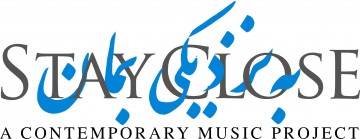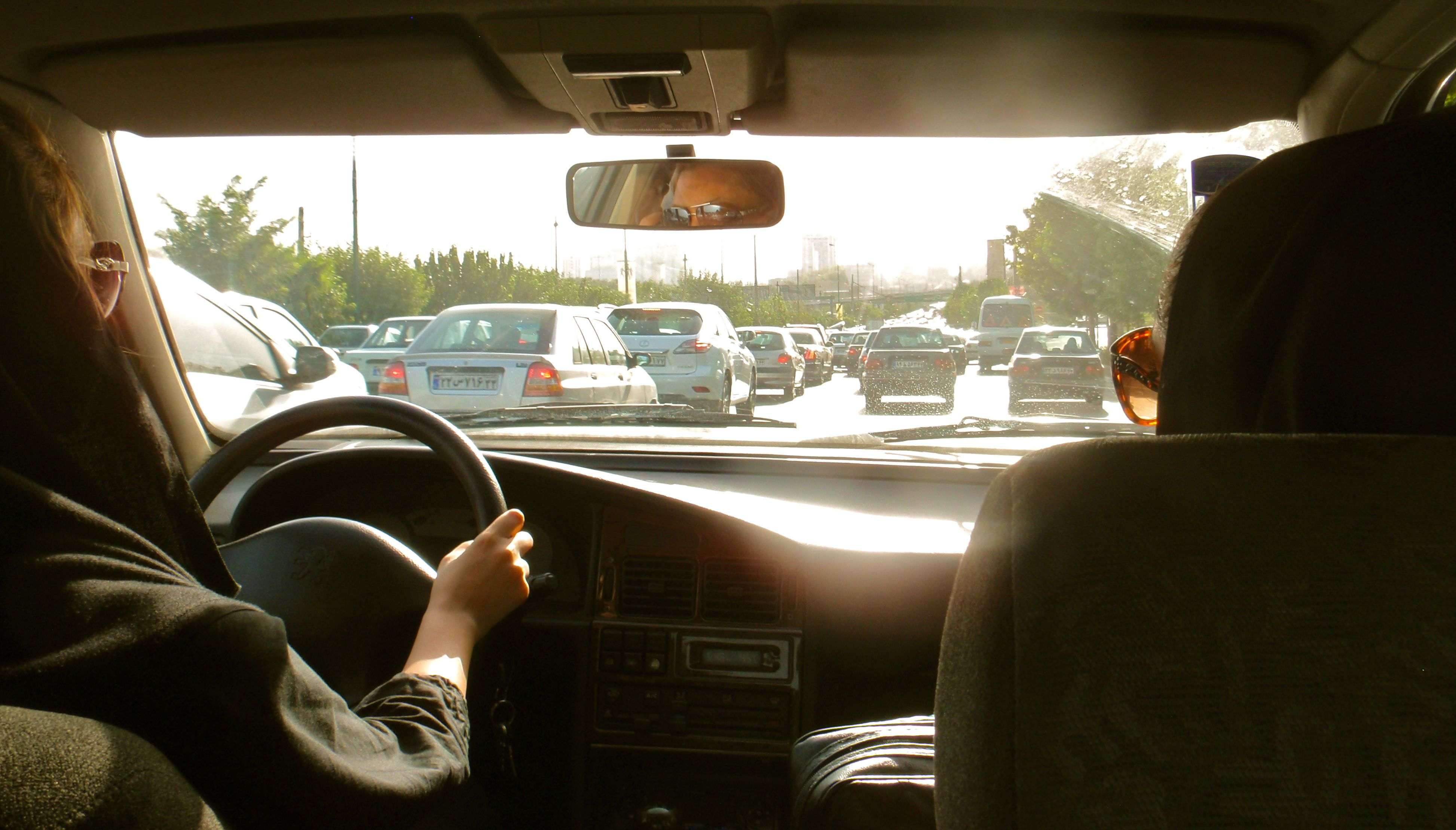The beating heart of the city
On embarking on this trip to Tehran I was fully prepared for my daily life to be very different from that in London. I was prepared for the weather (topping 45 degrees so far), the food (endless delicious meals but each with more rice than I would normally eat in a week) and the religious holidays (Ramazan continues, meaning no eating or drinking outside the house). Yet the biggest difference between these cities, and the one that has affected me most, is the rather mundane issue of transport.
In Tehran the car is King, if by King you mean constantly stuck in traffic and never able to get anywhere in the city in under half an hour. I feel as if I have spent the majority of my time here in the back seat watching cars vie for an extra few centimetres of space in the seemingly endless sea of traffic infront of me. Journeys of just a few kilometres often turn into an hour-long, nausea-inducing slog in which you slowly and determinedly attempt to lurch your way to freedom. The city is literally choking in pollution and my cousin informs me that this is only going to get worse since traffic in Ramazan is normally better than at any other time of the year.
One unexpected outcome of the absolute primacy of the vehicle is that major roads often double as social hubs for the city’s large young population. Roads such as “Shahid Andarzgoo” are a particular favourite of young Tehranis who drive up and down – dressed as if for a night out – handing out their number to vehicles full of members of the opposite sex. In a country with no bars or clubs and where the mixing of young men and women is restricted, young Tehranis use their cars to socialise and meet new people. Perhaps the car blurs the line between private and public space in a city where social norms based on Islamic principles are enforced in public, while private life is much freer. Driving, therefore, is not just the only way to navigate this sprawling metropolis but an important social ritual especially for the young people who make up more than half the population of Iran.


Leave a Reply